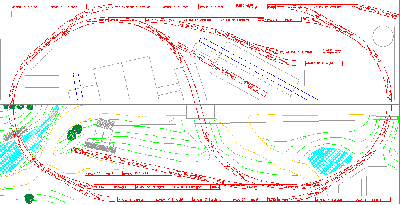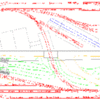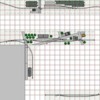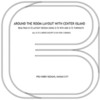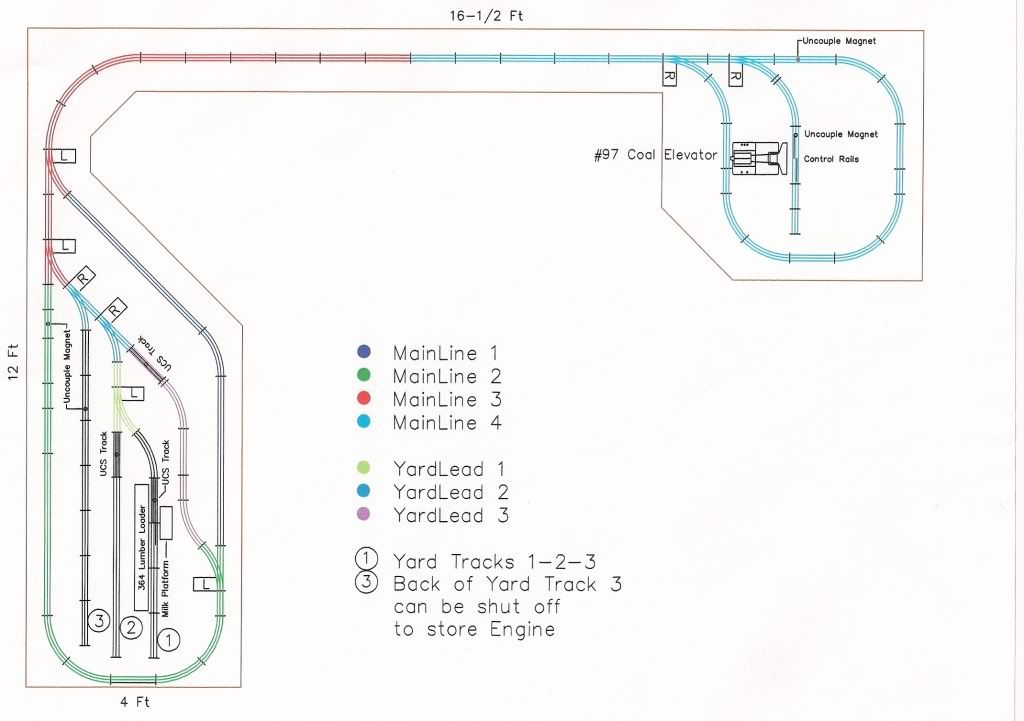The runaround will put the locomotive on the front of the train.
If you are worried about "turning" your locomotive...I would remind you that many railroads have NO method to turn their locomotive. The local short line where I live is one example.
If you run steam engines and you prefer to have the locomotive running first, trailed by the tender (rather than tender first) then consider turntables.
That said, keep in mind that many logging operations and many branch line trains ran tender forward on lots of rural rail for quite a few miles.
Finally, I am running a "point to point switching, shelf style railroad" but I do have a continuous run connection. I simply ignore that connecting switch on layout. I have scenery in place, I just do not use that switch for daily operation. I only use that switch to complete the continuous run so I can run trains for display when people come over.
The layout is intended to be operated "around all four walls and out onto the peninsula." On the south wall where the peninsula joins the shelf is a hidden staging yard behind a view block. There is also a switch that is left in the "diverging route" (thrown for the curve) and "thru route" is ignored. The "end" of the operational layout is the "end" of the peninsula.
However, on the west wall is the "yard" (main, passing track and two stub end "yard" tracks. There is also a switch from the west wall that goes off the pass track to the south wall that is treated as an industry track. I have a fuel dealer on that track and spot cars on that track. But it connects to the "thru route" track of that peninsula switch. If I have guests or I simply want to see and hear the train run while I am working on the layout, I will pull that tank car, throw the peninsula switch and let the train get some mileage running loops.
Serendipity: I am modeling the Santa Fe Oklahoma City Stockyards switching district in 1963...more or less, kinda sorta. Railroaders name everything. The main road a few blocks east of the stockyards is Pennsylvania Ave in Oklahoma City. The locals just call it Penn. So, on my layout, I have named that continuous run switch "Penn Switch". (Peninsula switch...get it?)
By using the ruse of hiding in plain sight, no one even realizes there is a continuous run when operating point to point.
I hope something in that helps...




